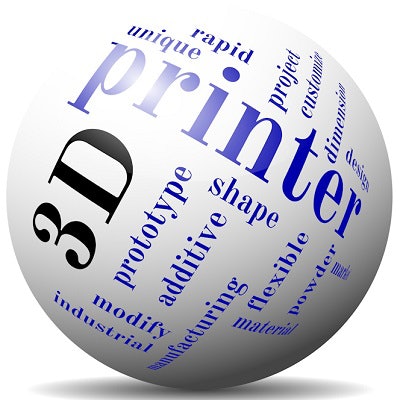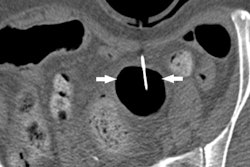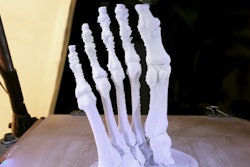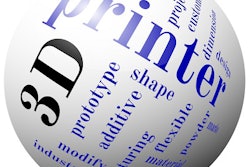
The RSNA recognizes the value of 3D printing in medicine and plans to use its new 3D Printing Special Interest Group to promote the highest-quality 3D printing applications for medicine via education, collaboration, and research, while assisting in the development of news stories about 3D printing.
"The use of 3D printing in medicine is rapidly expanding," the RSNA said in a May 1 update on its website. "Applications of the technology in surgical preparation, patient-specific simulations, and education are increasing exponentially. Experimental uses, such as the printing of body parts, are no longer the stuff of science fiction."
Calling 3D printing in radiology an "explosion," the RSNA noted that members of its recently formed 3D Printing Special Interest Group met in March in Scottsdale, AZ, to discuss the role that radiology can play in the emerging field.
In the clinic, 3D printing plays three major roles: surgical planning, patient-specific simulations, and education. In surgical planning, a model allows surgeons to understand a patient's anatomy before operating, demonstrating, for example, how a tumor might be encasing critical nerves that allow an arm or a leg to function. 3D-printed cutting guides help take the guesswork out of a surgical procedure: A physician can have two custom stents made based on a patient's vascular anatomy and use one for simulation, the RSNA said. Faster operating room procedures can make up for the time spent in planning 3D models.
3D printing transforms the unknowns in the operating room into knowns, said Dr. Jonathan Morris, an assistant radiology professor at the Mayo Clinic in Rochester, MN, and chair of the 3D printing group. In addition to reducing procedure times, the models also lower patient morbidity with huge cost savings and better patient outcomes, he said.
Medical teams use 3D-printed models to plan complex surgeries such as the separation of conjoined twins and human face transplants, according to the society. The technology is also being used to print living tissues such as in trachea reconstructions.
In education, 3D-printed models can help patients better understand procedures that are difficult for doctors to describe in layperson's terms, the RSNA said. 3D printing also provides an unparalleled look at the past, combining with CT technology to create more accurate models of dinosaur fossils, for example.
A broad range of 3D printing articles are available in the RSNA newsroom, with images and video available for media use.



















